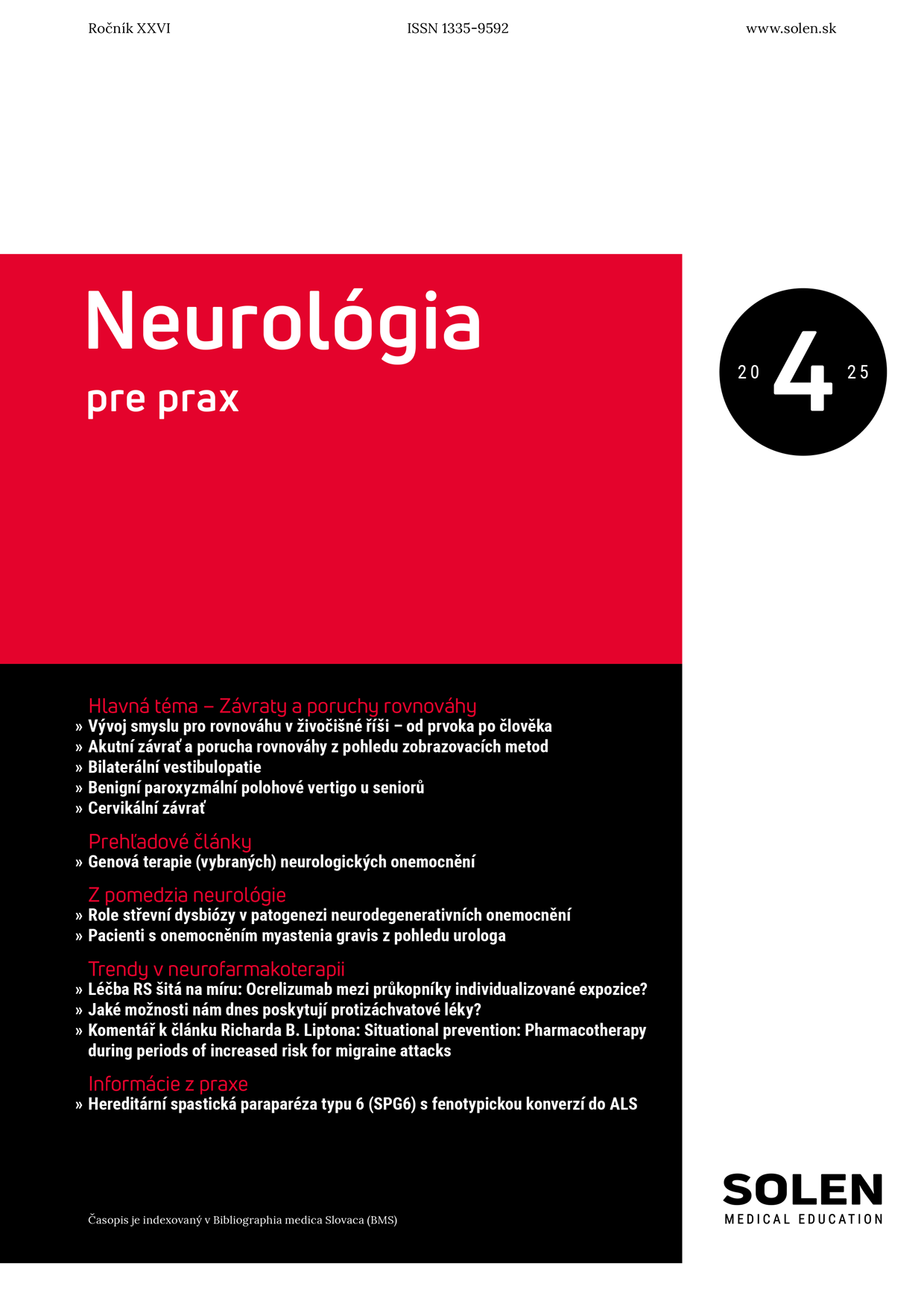Vaskulárna medicína 1/2024
Inhibitors of factors XI and XII
Anticoagulation therapy has undergone significant evolution, marked by the emergence of direct oral anticoagulants with distinct advantages. Despite these advancements, challenges persist in managing residual thrombotic and bleeding risks, particularly among vulnerable populations. The pursuit of alternative drugs has homed in on factors XI/XIa and XII inhibitors. This comprehensive review delves into several key aspects regarding this new target: (i) the role of factor XI a XII in the coagulation cascade; (ii) pathophysiologic rationale supporting factor XI a XII inhibition as a therapeutic target; (iii) an exploration of the various types of factor XI/XIa and XII inhibitors currently under investigation; (iv) potential applications of these medications, spanning thromboprophylaxis after orthopedic surgery, stroke prevention in atrial fibrillation, secondary prevention after acute coronary syndrome, non-cardioembolic stroke, thromboprophylaxis after foreign material implantation, end-stage renal disease, and patients with cancer.
Keywords: anticoagulants, contact pathway, haemorrhage, therapy, thrombosis

















